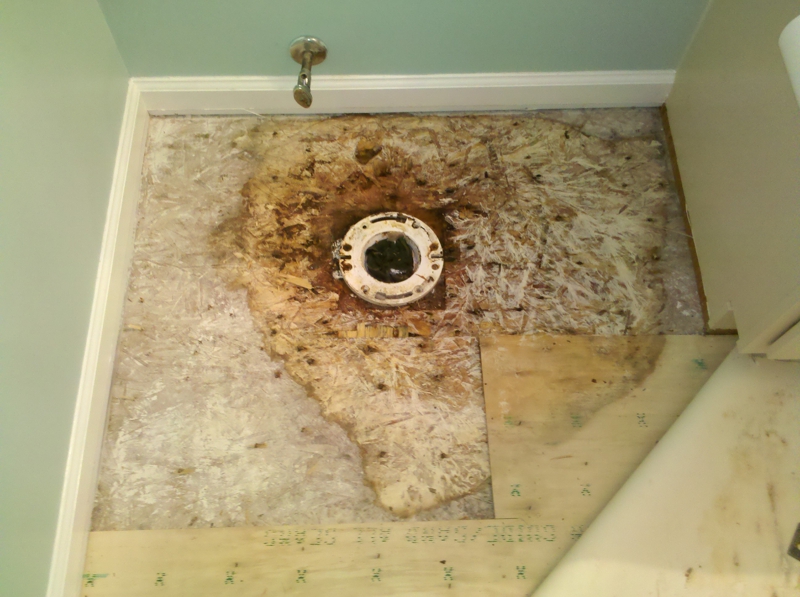Typical Causes of Water Damage in a Bathroom
Typical Causes of Water Damage in a Bathroom
Blog Article
Here below you will find some great guidance when it comes to How to Repair and Prevent Bathroom Water Damage.

The bathroom is exceptionally susceptible for wet build-up and possible water damage as a result of the regular use water in it. This post offers basic evaluation strategies to assist identifying water damage threats.
The frequent use of water in the washroom makes it very vulnerable for damp buildup as well as possible water damage. By evaluating it frequently, you can lower water related problems.
The following collection of inspections is easy to do as well as should be done when in every 3 months in order to keep your shower room healthy and to avoid potential water damages brought on by the bathtub, the shower, pipe joints and also plumbing, sinks, cabinets, as well as the commode
Do not neglect carrying out these assessments and be extensive while executing them. Keep in mind that these easy assessments can conserve you a lot of money by supplying very early indications for water damage
Sinks as well as Cabinets
Sinks and also closets are exposed to wetness as well as moisture daily and are frequently ignored. Evaluate regularly under the sink and on the countertop above it. Fix any kind of drip in the catch as it might suggest drain problems. Browse the sink, sluggish draining pipelines might show an obstructed drainpipe. Change sink seals if they are cracked or loose.
Bathtub as well as Shower
The shower as well as tub need unique focus and also upkeep. Examine the floor tiles and also replace if cracked. Make sure that there is no missing out on cement in between the tiles. Inspect and replace cracked caulking at joints where the walls meet the floor or the bathtub. Obstructed drains pipes and also pipelines troubles will certainly protect against the bath tub from drying out as well as might suggest major issues below the tub. Speak with an expert instantly to prevent structural damage. Take notice of stainings or soft locations around the tub walls as they may indicate an inner leakage.
Plumbing
Signs for water damages are difficult to spot because most pipes are mounted inside the wall surfaces.
Pay special attention to flooring and also wall surfaces wetness and stains as they might suggest an unnoticeable plumbing problem. Examine dampness levels in adjoining areas too.
The Bathroom
The toilet is a vulnerable water joint. Inspect the water lines and look for leakages around the toilet seat, in the hose, and also under the water storage tank. If you spot any indicators of wetness on the floor around the bathroom, check for leakages in the toilet edge as well as container seals.
Be aware that hanging toilet bowl deodorants raises the chances for obstructions.
TIPS TO PREVENT WATER DAMAGE IN THE BATHROOM
The average household uses approximately 80-100 gallons of water per person per day. For a family of 4, that's almost 2,500 gallons of water a week! The largest portion of this consumption comes from bathroom use. Flushing the toilet uses the most water, followed by taking a shower or bath. With that much water running through the home, water damage in the bathroom is bound to happen. Knowing how to spot signs of a water leak is essential to preventing long-term damage. This guide provides you with tips to reduce the impact of water damage on your bathroom.
CAUSES OF BATHROOM WATER DAMAGE
Pipe breaks are the most common cause of water damage we see in our daily jobs. The age of a pipe plays a large role in a pipe break as well as corrosion. Over time, the metal begins to break down, allowing water to escape. Frozen pipe breaks are also a concern in the winter months. Toilet overflows caused by paper products or children flushing inappropriate items. Degraded caulking around the toilet or bathtub can allow water seepage, sometimes behind the fixture, into the subfloor or walls. Condensation forms when the water in a pipe is cooler than the air temperature. Beads of water form on the exterior of the pipes, sometimes so much so that the water begins to drip and pool below. Sink or shower backups created by poor drainage. HOW TO PREVENT WATER DAMAGE IN YOUR BATHROOM
Inspect your toilet supply line for worn or frayed hoses and replace them as needed. Winterize your plumbing to prevent a frozen pipe break. Use vent fans to prevent condensation that can lead to mold growth. Routinely check and replace degraded caulking around your toilet or bathtub. Increase the temperature in your toilet tank and insulate your pipes during the warm summer months to keep condensation from forming. Use child safety locks on the toilets. Flush only toilet paper. "Flushable" wet wipes are actually not good for your plumbing system. Additionally, feminine hygiene products should not be flushed. Prevent water from escaping the tub or shower. Make sure shower curtains are in good condition. Inspect shower doors and replace the seal strip if necessary. Wipe up any water that accumulates on the floor and use bath mats. Water left to sit can cause damage to the tiles and flooring. Refrain from using bath products containing heavy oils to avoid a clogged drain.

As a serious person who reads on How to Fix a Water Damage Bathroom, I imagined sharing that excerpt was valuable. So long as you enjoyed our article please do not forget to pass it around. Thanks so much for going through it.
Schedule Now Report this page